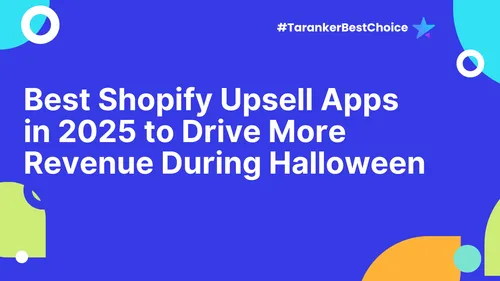Starting a business often feels like an expensive venture, but with dropshipping, you can create a successful online store for as little as $100. Dropshipping is a low-risk, cost-effective business model where you sell products without needing to stock inventory. Instead, suppliers handle the storage and shipping, letting you focus on marketing and customer service.
In this guide, we’ll break down how to wisely allocate your $100 budget, set up your store, and start generating sales in no time.
1. Understand the Basics of Dropshipping
Before diving into the details, it’s essential to understand how dropshipping works:
-
You create an online store and list products for sale.
-
When a customer places an order, you purchase the product from a supplier.
-
The supplier ships the product directly to the customer.
Advantages of Dropshipping:
-
Low Upfront Costs: No need to invest in inventory.
-
Minimal Risk: You only pay for products after making a sale.
-
Scalability: Easily add new products without extra overhead.
With this model, your primary expenses will be setting up your store and marketing your products.
2. Allocate Your $100 Budget
Here’s a smart way to distribute your budget to maximize value

Pro Tip: Start small with ads, test different campaigns, and increase spending once you see results.
3. Choose the Right Niche

Selecting a profitable niche is crucial for success. Focus on a specific audience or product category to stand out in a competitive market.
Tips for Finding a Profitable Niche:
-
Look for trending products on platforms like Google Trends or TikTok.
-
Avoid overly saturated markets, but ensure there’s demand.
-
Choose lightweight, easy-to-ship products to minimize shipping issues.
Example Niches:
-
Eco-friendly products (e.g., reusable bags).
-
Fitness gear (e.g., resistance bands).
-
Niche fashion items (e.g., custom jewelry).
4. Find Reliable Suppliers

A reliable supplier is the backbone of your dropshipping business. Use reputable platforms to source products:
-
AliExpress: Affordable products with global shipping options.
-
CJ Dropshipping: Offers faster shipping and quality control.
-
Spocket: Connects you with suppliers in the US and Europe.
Things to Look For in a Supplier:
-
Positive reviews and high ratings.
-
Consistent delivery times.
-
Quality product images and descriptions.
Pro Tip: Test a few products by ordering samples to evaluate quality and shipping speed.
5. Build Your Online Store

Setting up your online store is the next step. With platforms like Shopify or Wix, you can create a professional e-commerce site without coding skills.
Steps to Set Up Your Store:
-
Choose a domain name that reflects your brand.
-
Select a user-friendly theme that suits your niche.
-
Add product descriptions, images, and pricing.
-
Set up payment gateways like PayPal or Stripe.
Pro Tip: Use tools like Canva to design banners or logos for a cohesive brand identity.
6. Focus on Marketing and Driving Traffic

Marketing is where most of your budget will go. Without traffic, even the best store won’t generate sales. Start small and scale up as you see results.
Low-Cost Marketing Strategies:
-
Social Media Ads: Use $30–$50 to run targeted Facebook or Instagram ads.
-
Content Marketing: Post engaging content related to your niche to build organic traffic.
-
Influencer Marketing: Collaborate with micro-influencers who align with your niche.
Pro Tip: Test different ad formats (video, carousel, or single image) to see what resonates with your audience.
7. Optimize Your Customer Experience
Happy customers are more likely to return and recommend your store to others. Focus on providing an exceptional shopping experience.
Key Areas to Improve:
-
Fast Response Times: Use email or live chat to address customer inquiries quickly.
-
Clear Policies: Display shipping, return, and refund policies prominently.
-
Follow-Up: Send post-purchase emails to thank customers and offer discounts for future orders.
Pro Tip: Use free apps or tools to automate customer service and email marketing.
8. Monitor and Improve Performance
Success doesn’t happen overnight. Regularly analyze your store’s performance to identify what’s working and where improvements are needed.
Tools to Track Performance:
-
Google Analytics: Monitor website traffic and user behavior.
-
Facebook Ads Manager: Evaluate ad performance and optimize campaigns.
-
Shopify Dashboard: Review sales, conversion rates, and top-performing products.
Pro Tip: Adjust your marketing strategies based on data insights to maximize ROI.
Conclusion
Starting a dropshipping business with just $100 is entirely possible with the right approach. By carefully managing your budget, choosing a profitable niche, and focusing on marketing, you can build a successful online store with minimal upfront investment.
With platforms like Shopify and tools to simplify the process, there’s never been a better time to dive into dropshipping.
Ready to start your dropshipping journey? Take the first step today and watch your $100 investment turn into a thriving business!













